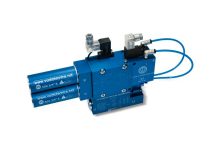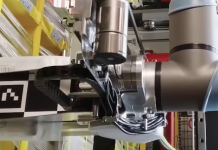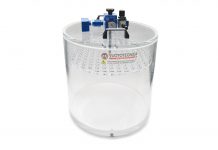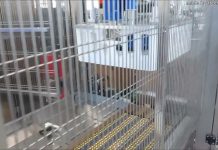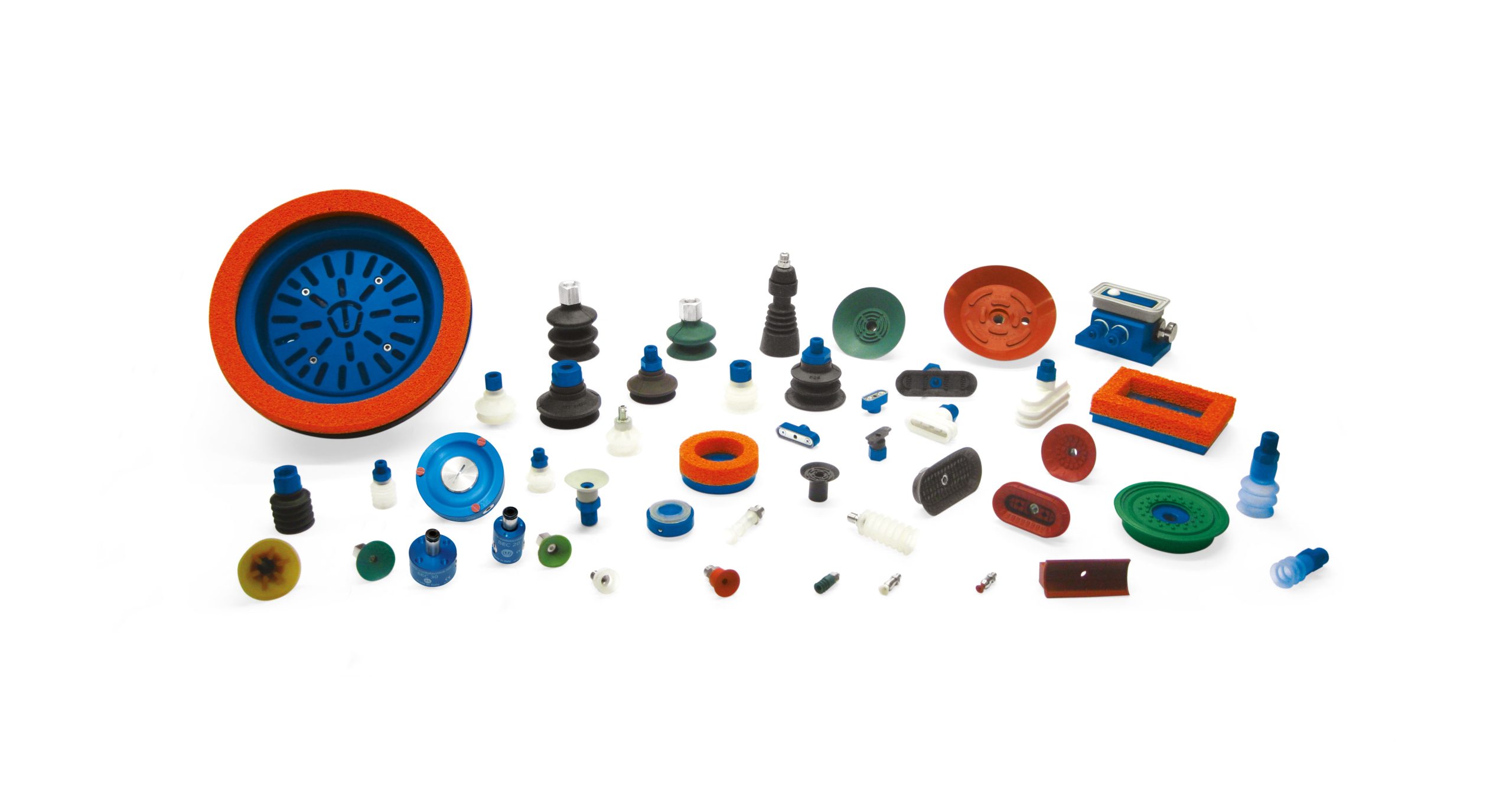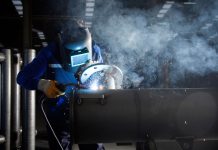Properly storing rubber suction cups is essential to maintain their quality and ensure that they perform their function to the fullest within production processes. Although they may seem to be simple components, their efficiency depends largely on the conditions in which they are stored. An unfavorable environment can compromise their mechanical and elastic properties, leading to premature deterioration and, consequently, to a drop in performance or even unexpected machine downtime.
To avoid all this, it is important that the suction cups are stored in a dark place, away from sources of natural or artificial light, in order to prevent accelerated aging of the materials. The ambient temperature should remain stable, ideally between 15 and 25 degrees, while the relative humidity should not exceed 65%. Mechanical stress can also damage them: the suction cups should never be subjected to traction, pressure or deformation during storage. It is equally important to protect them from dust, dirt and grease residues, which could compromise their functionality once in use.
Particular attention should be paid to warehouse rotation. To ensure the efficiency of the material and reduce the time spent in storage, it is good practice to use the oldest lots first. This simple precaution helps to maintain a high level of reliability of the suction cups over time.
During storage, a thin whitish film may appear on the surface of the rubber. This is a natural phenomenon called efflorescence, which should not be confused with a defect in the material. On the contrary, it is a positive sign: the formation of this film is linked to the presence of protective agents in the compound, designed to slow down the aging caused by the ozone in the air. The film can be easily removed with water and a neutral detergent, without affecting the product’s performance.
These indications are in line with the provisions of ISO 2230, which regulates the correct methods of storage of rubber products. Adopting them means taking care not only of the suction cups, but also of the efficiency and operational continuity of the entire production line.















